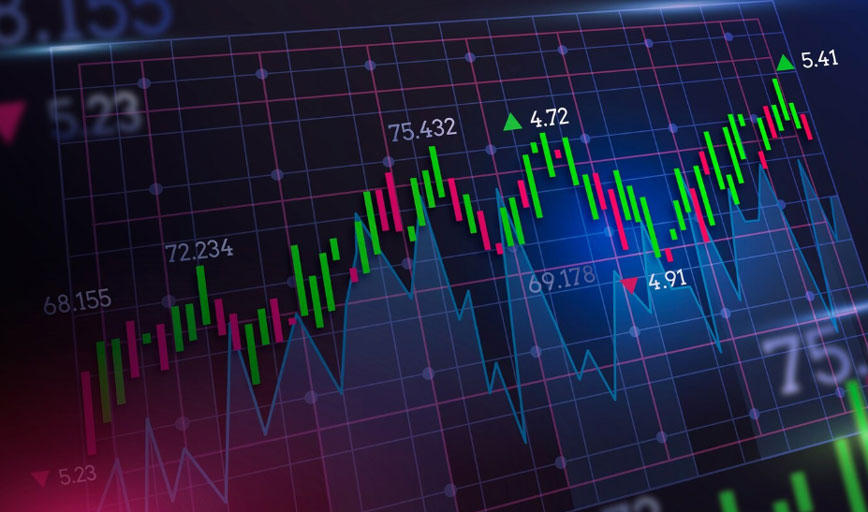
In recent years, as digital finance has exploded, “pig‑butchering”–style forex scams have rapidly evolved in the U.S. market. Where these rackets once relied mainly on romantic lures to draw victims onto fake investment platforms, modern fraud rings now use refined, AI‑driven, and cross‑platform tactics that make their operations far more convincing—and harder to spot.
This article dissects the new methods, platforms, enticements, and pitfalls of pig‑butchering forex scams in the United States, helping investors sharpen their risk awareness and avoid the trap.
1. From Romance Cons to “Expert Signal Rooms”: The Evolution of Pig‑Butchering
1.1 Classic Pig‑Butchering Playbook
- The scammer poses as an attractive, wealthy single on dating apps (Tinder, Facebook, Instagram).
- After winning the victim’s trust, the scammer boasts about “making a fortune in forex” and invites the victim to open an account on a fake platform.
- Small, early trades appear profitable, encouraging ever‑larger deposits—until withdrawals are blocked or the platform vanishes.
1.2 Next‑Gen Pig‑Butchering
Modern scammers no longer rely solely on romance. They’ve built multiple entry funnels:
| Variant | Typical Entry Channel(s) |
|---|---|
| Romance‑Driven | Tinder, Bumble, Facebook DMs, Telegram private chats |
| Investment‑Driven | “Experts” on LinkedIn, YouTube, or Reddit sharing “insider tips” |
| Community‑Driven | Telegram/Line groups where a “mentor” posts daily trade signals |
| Fake‑Media | Counterfeit finance sites publishing “Top 10 Forex Brokers” lists |
The fraud follows a full arc—phishing → trust‑building → deposit → asset‑drain → account suspension—treating victims like pigs to be “fattened and slaughtered.”
2. Tech Upgrades: Ultra‑Realistic Platforms and Counterfeit Apps
2.1 Custom‑Built, High‑Fidelity Platforms
Fraud rings now leverage white‑label FX software to spin up bespoke trading sites with unique domains, branding, and even mobile apps—making them look indistinguishable from legitimate, licensed brokers.
Key hallmarks
- Counterfeit MT5 “licenses” and bogus MT5 installers.
- Live‑looking price feeds and charts, with profit/loss manipulated in the back end.
- Fabricated account balances and profit reports to spur ever‑larger deposits.
2.2 Mobile App Proliferation
Scam platforms distribute Android APKs or iOS TestFlight “beta” apps, bypassing Google Play and the App Store review process.
⚠️ Tip: Reputable brokers—IG, OANDA, TD Ameritrade, etc.—only release apps via official stores. Any platform insisting on side‑loading is a major red flag.
3. Script Upgrades: AI‑Enhanced Persuasion Blending Emotion and “Expertise”
3.1 AI‑Generated Chats and Content
Using large‑language‑model tools, fraudsters mass‑produce friendly chats and slick investment articles:
- More natural, engaging “romantic” conversations.
- Polished strategy notes, chart analyses, and market commentary that look professional.
- Dozens of cloned “financial‑advisor” social accounts that exude credibility.
3.2 The “Mentor Signal” Model
In group chats, a so‑called guru posts constant trade calls:
Typical pitches
- “Short gold at market—Fed speech tonight will crash it!”
- “I have proprietary data: EUR/USD big move coming!”
- “VIP quant plan opens next week—only 10 slots, secure funding now.”
By tapping herd psychology and FOMO, scammers erode individual skepticism.
4. Crypto‑Enabled Laundering: Harder to Trace, Impossible to Reverse
4.1 Steering Deposits into Cryptocurrency
Victims are urged to purchase USDT, BTC, or ETH and send it to a scam wallet:
Fraudster advantages
- Blockchain transfers are irreversible.
- Identities are obscured behind wallets.
- No traditional‑bank oversight.
Usual flow
- Victim creates an exchange account (Coinbase, Binance).
- Buys USDT.
- Transfers to the designated address; fake platform shows “credited” funds.
4.2 Chained “Hop Wallets”
Funds pass through layers of disposable wallets, forming an onion‑like structure. Only specialized blockchain‑forensics firms (e.g., Chainalysis) working with law enforcement have a shot at tracing the money.
5. Spotting the Fakes: Common Warning Signs and Official U.S. Verification Tools
5.1 Typical Scam‑Broker Flags
- Claims of FCA or NFA licensing that don’t match regulator databases.
- No HTTPS encryption; domain registered within the last six months.
- High mandatory minimum deposit (often ≥ $1,000).
- Aggressive “customer service” that stonewalls withdrawal questions.
- Zero records with CFTC, NFA, or FINRA.
5.2 Free U.S. Regulator Look‑Ups
| Agency | Purpose | |
|---|---|---|
| CFTC SmartCheck | Verify broker registration | |
| NFA | Check U.S. futures/forex firms | |
| FINRA BrokerCheck | Verify investment advisers/brokers |
6. Conclusion: If It Promises “Guaranteed Returns,” Assume It’s a Scam
All genuine investments carry risk. Whenever you hear “high returns, zero risk, steady profits,” a scam is usually lurking—especially when romance mingles with money.
✅ Key Rules of Thumb
- Romance + Investment = Pig‑Butchering
- No withdrawals = Scam platform
- Side‑loaded app = High risk
- Unfamiliar broker = Verify the license first



